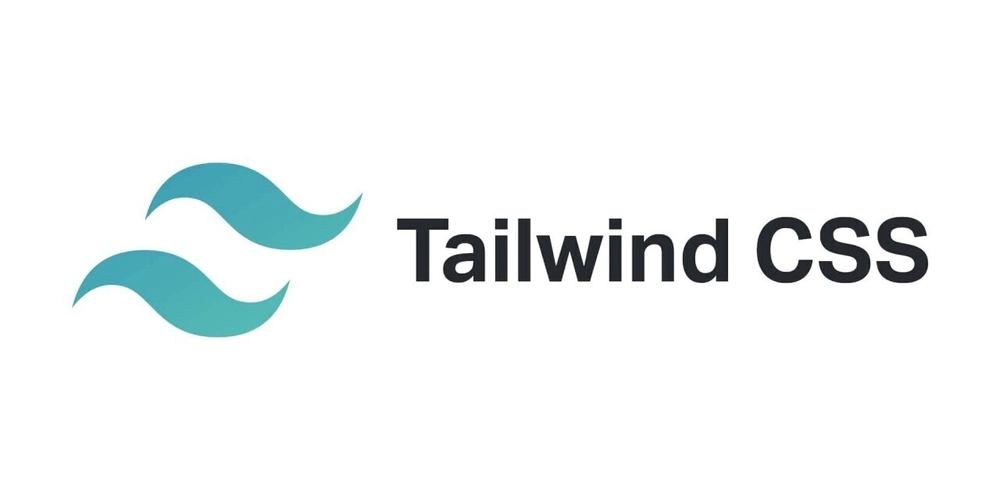Boosting Neural Networks with Automated Hyperparameter Optimization
Note: Neural is a work-in-progress DSL and debugger — bugs exist, and I’m eager for your feedback on Typeform! Introduction: From Guesswork to Precision⚡️ If you’ve ever built a neural network, you know the drill: tweak the learning rate, adjust the batch size, fiddle with layer sizes, rinse and repeat until something works. It’s a critical step, but it’s also a grind. What if you could hand this off to an intelligent system that finds the sweet spot for you? That’s where the Hyperparameter Optimization (HPO) feature in Neural comes in. Built into our DSL, it automates the tuning process with a single function call, whether you’re targeting PyTorch or TensorFlow. In this post, I’ll show you how it works, demo it on MNIST, and peek under the hood at how we made it robust across edge cases and full pipelines. Ready to ditch the guesswork? Let’s dive in. Why HPO Matters in Neural☄️ Neural is all about solving deep learning pain points, shape mismatches, debugging complexity, framework switching, and HPO is a cornerstone of that mission. As our README highlights, it tackles Medium Criticality, High Impact challenges like “HPO Inconsistency” by unifying tuning across frameworks. With Neural’s declarative syntax, you tag parameters with HPO(), and my tool does the rest: no more fragmented scripts or framework-specific hacks. The HPO Feature: What It Does

Note: Neural is a work-in-progress DSL and debugger — bugs exist, and I’m eager for your feedback on Typeform!
Introduction: From Guesswork to Precision⚡️
If you’ve ever built a neural network, you know the drill: tweak the learning rate, adjust the batch size, fiddle with layer sizes, rinse and repeat until something works.
It’s a critical step, but it’s also a grind. What if you could hand this off to an intelligent system that finds the sweet spot for you?
That’s where the Hyperparameter Optimization (HPO) feature in Neural comes in. Built into our DSL, it automates the tuning process with a single function call, whether you’re targeting PyTorch or TensorFlow.
In this post, I’ll show you how it works, demo it on MNIST, and peek under the hood at how we made it robust across edge cases and full pipelines. Ready to ditch the guesswork? Let’s dive in.
Why HPO Matters in Neural☄️
Neural is all about solving deep learning pain points, shape mismatches, debugging complexity, framework switching, and HPO is a cornerstone of that mission. As our README highlights, it tackles Medium Criticality, High Impact challenges like “HPO Inconsistency” by unifying tuning across frameworks. With Neural’s declarative syntax, you tag parameters with HPO(), and my tool does the rest: no more fragmented scripts or framework-specific hacks.












































































































































































![[The AI Show Episode 142]: ChatGPT’s New Image Generator, Studio Ghibli Craze and Backlash, Gemini 2.5, OpenAI Academy, 4o Updates, Vibe Marketing & xAI Acquires X](https://www.marketingaiinstitute.com/hubfs/ep%20142%20cover.png)



























































































































![[DEALS] The Premium Learn to Code Certification Bundle (97% off) & Other Deals Up To 98% Off – Offers End Soon!](https://www.javacodegeeks.com/wp-content/uploads/2012/12/jcg-logo.jpg)


![From drop-out to software architect with Jason Lengstorf [Podcast #167]](https://cdn.hashnode.com/res/hashnode/image/upload/v1743796461357/f3d19cd7-e6f5-4d7c-8bfc-eb974bc8da68.png?#)









































































































.png?#)

































_Christophe_Coat_Alamy.jpg?#)
 (1).webp?#)




































































































![iPhone 17 Pro Won't Feature Two-Toned Back [Gurman]](https://www.iclarified.com/images/news/96944/96944/96944-640.jpg)
![Tariffs Threaten Apple's $999 iPhone Price Point in the U.S. [Gurman]](https://www.iclarified.com/images/news/96943/96943/96943-640.jpg)





































































































































